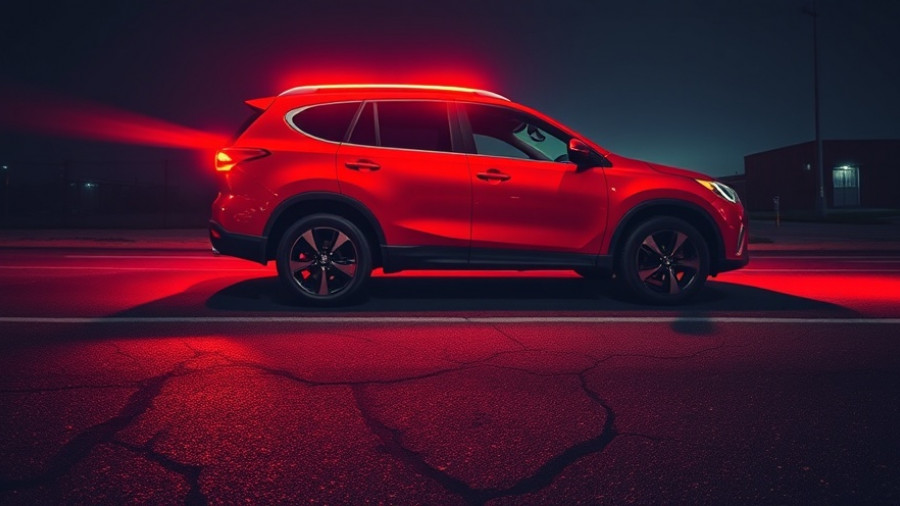
Understanding All-Wheel Drive vs. Four-Wheel Drive
In the realm of automobiles, choosing between All-Wheel Drive (AWD), Four-Wheel Drive (4WD), and Two-Wheel Drive (2WD) can be a significant decision for potential vehicle owners. Knowing the difference between these systems can help you identify which one suits your driving needs most effectively.
In 'FWD vs AWD vs 4WD Which is Best? Everything You Need To Know', the discussion dives into the merits of different drivetrain systems, raising questions that warrant a closer look into what truly benefits drivers.
Benefits of All-Wheel Drive: Are They Worth It?
The appeal of AWD has grown substantially over the past two decades, but is it genuinely beneficial for the everyday driver? AWD distributes power to all four wheels, providing better control on slippery surfaces, which can enhance safety when weather conditions are less than ideal. However, it’s crucial to note that while AWD improves traction, it doesn’t significantly help with braking, cornering, or preventing accidents in winter conditions.
The Misconception: AWD as a Safety Net
Many drivers mistakenly believe that having AWD is the ultimate safeguard against winter hazards. In reality, winter tires are significantly more effective in enhancing traction and safety in harsh conditions. Statistics even suggest that insurance providers might offer discounts for those who equip their vehicles with winter tires, emphasizing their proven benefits over AWD.
Cost Considerations for Vehicle Owners
One essential aspect of choosing AWD over other drive systems is the financial implications. Initially, AWD can add upwards of $2,000 to the cost of a vehicle. Beyond the purchase price, AWD systems also often lead to increased fuel consumption, typically around a 5-10% drop in fuel efficiency. Additionally, over time, the complexity of AWD systems can incur higher maintenance costs due to the need for more frequent servicing of components.
Alternatives: When AWD Isn’t Necessary
For most drivers, particularly those in moderate climates or urban areas, opting for a front-wheel drive (FWD) vehicle with high-quality winter tires often provides a more economical and practical choice.
Making the Right Choice: What’s Best for You?
The decision between AWD, 4WD, and FWD should align not only with your driving habits but also with your environment. If you frequently navigate snow-covered roads, equipping a FWD vehicle with winter tires could be your best bet. Conversely, if you live in an area with extreme off-road conditions, then a vehicle with 4WD may be necessary.
In conclusion, while AWD has its advantages, it may not be the best option for everyone, particularly when considering costs. Ultimately, understanding your specific needs, along with the climate you live in and how you drive, will help you make an informed choice that balances performance and financial implications. So next time you consider an all-wheel drive vehicle, think about investing in winter tires instead; it might save you money in the long run!
 Add Row
Add Row  Add
Add 




Write A Comment